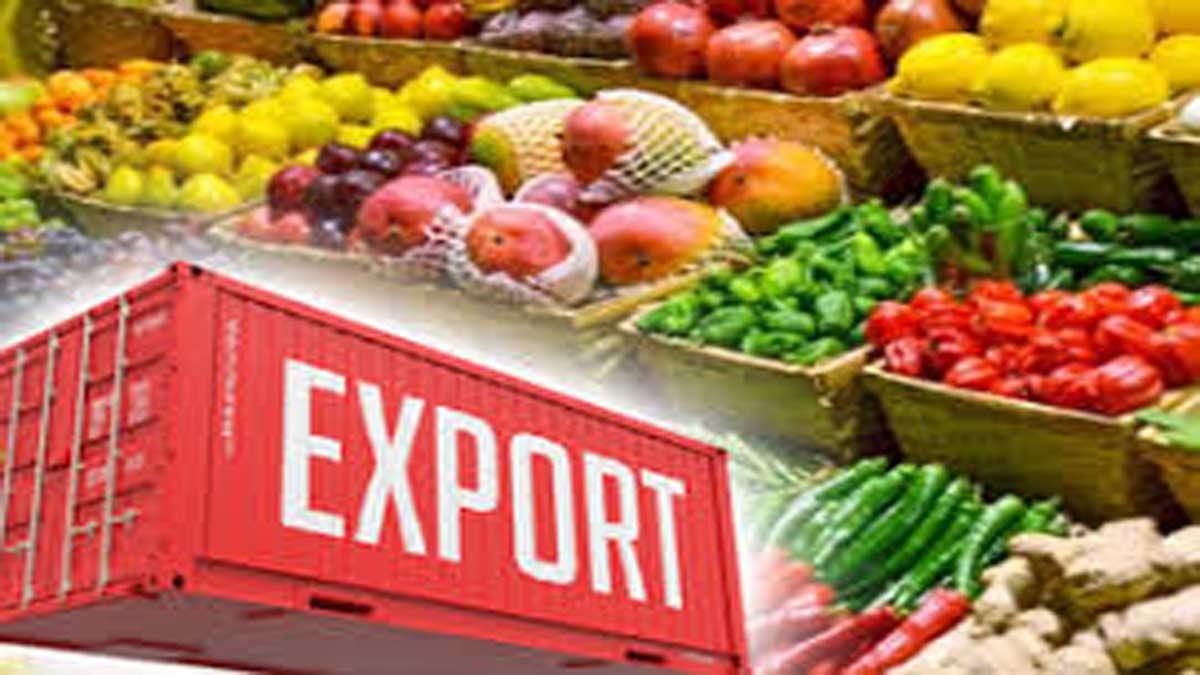India occupies a unique position among global top textile export destinations, covering about 4% of textile and apparel exports from around the globe, revealed by figures unveiled in Parliament on Friday.
Exports of textiles and garments, including handicrafts, recorded a growth of 7% between the months of April to December 2024 with respect to corresponding months last year. The United States, the European Union, and the United Kingdom collectively accounted for 53% of total textile exports during fiscal year 2023-24, in a written statement by Pabitra Margherita, the Minister of State for Textiles, in Lok Sabha.
The government of India is actively working towards numerous initiatives to build the textile industry. Priority programs consist of the PM Mega Integrated Textile Regions and Apparel (PM MITRA) Parks Scheme for creating world-class, integrated textile infrastructure. The Production Linked Incentive (PLI) Scheme focuses on encouraging manufacturing in MMF Fabric, MMF Apparel, and Technical Textiles to enhance competitiveness on a large scale. Yet another significant initiative is the National Technical Textiles Mission, which gives prominence to research, innovation, development, and market promotion. The SAMARTH Scheme for Capacity Building in the Textile Industry provides demand-led, skill-developing programs in job placement.
Also, initiatives such as Silk Samagra-2, aimed at the all-around development of the value chain of sericulture, and the National Handloom Development Programme, offering all-encompassing assistance to the handloom industry, have also spurred the increase in exports. Also, the Ministry of Textiles is implementing the National Handicrafts Development Programme and the Comprehensive Handicrafts Cluster Development Scheme to promote the development of the handicraft sector, the minister emphasized.
India's textile sector is among the largest in the world, backed by a strong raw material base encompassing natural fibers such as cotton, silk, wool, and jute and man-made fibers. The industry has a strong manufacturing base across the entire value chain from production of fibre to production of fabric and garments, the minister said.
To provide an assured supply of cotton and keep the interest of farmers in cotton cultivation intact, the Indian government declares an Minimum Support Price (MSP) for cotton every year. This system assures farmers a decent price for their cotton if market prices drop below the MSP, which maintains market price competitiveness, the minister said. Further, the custom duty on Extra-Long Staple (ELS) Cotton has been lowered to zero with effect from February 20, 2024.
India, under the India-Australia Economic Cooperation and Trade Agreement (ECTA), can import a duty-free 51,000 tonnes of ELS Cotton. India, to boost export avenues, has signed 14 Free Trade Agreements (FTAs), the latest of these being recent ones with the UAE, Australia, and the EFTA nations (Switzerland, Iceland, Norway, and Liechtenstein). India has also signed six Preferential Trade Agreements (PTAs) with various trading partners, the minister noted.
To further drive the sector's competitiveness, the government is rolling out the Rebate of State and Central Taxes and Levies (RoSCTL) scheme for apparel, relying on the concept of zero-rated exports. Other products not covered under the RoSCTL scheme are covered under the Remission of Duties and Taxes on Exported Products (RoDTEP) scheme, among other goods.
Moreover, the government offers financial assistance to Export Promotion Councils and Trade Bodies under the Market Access Initiative Scheme, which is operated by the Department of Commerce. The assistance allows for participation in trade fairs, exhibitions, and buyer-seller meetings at the national and international levels, which also increases exports, the minister further stated.
Read also| Sensex Surges 1,131 Points, Nifty Ends Above 22,800 as Markets Soar


















